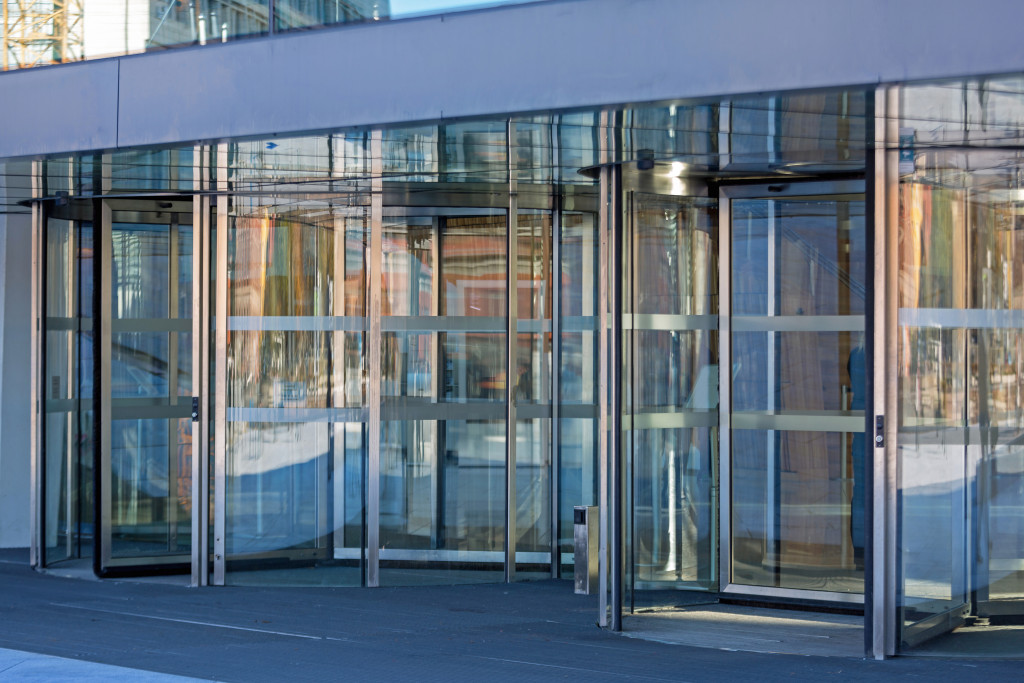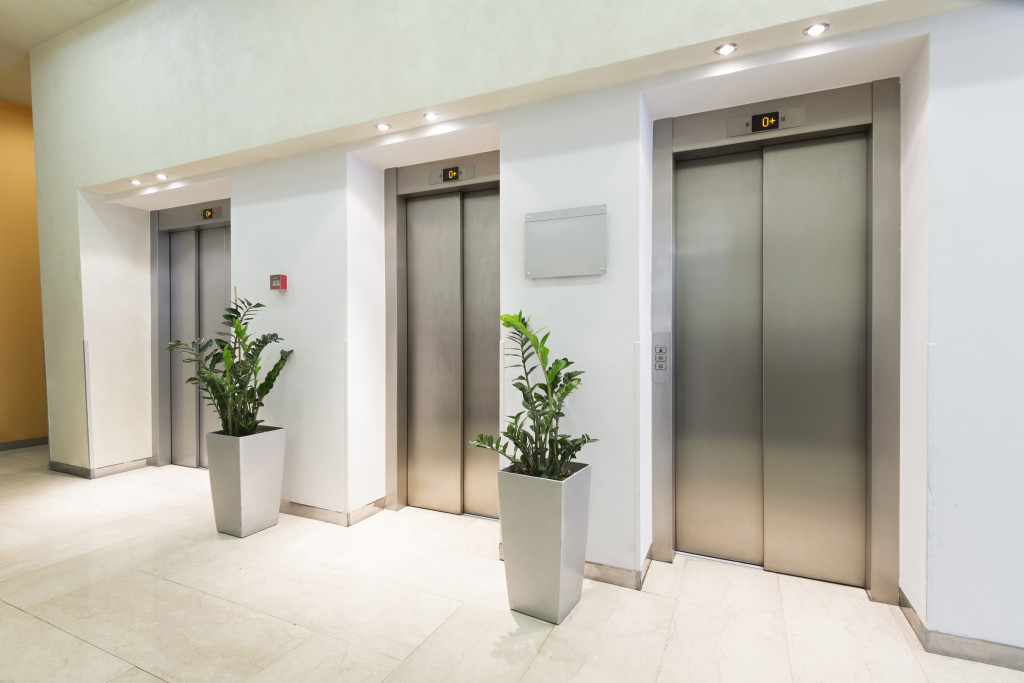- Install low-energy doors to improve accessibility for individuals using wheelchairs.
- Promote inclusivity by removing physical barriers from the premises.
- Make sure to put up clear signs and indicators showing the accessibility options available.
- Provide and install ramps, lifts, or elevators for people who use mobility aids.
- Ensure instructions are available in Braille and audio formats to better serve visually impaired customers.
As a business, it is important to ensure that your premises are accessible and welcoming to all customers. Making sure that your business takes the necessary steps to enhance accessibility can help you create an inclusive environment for everyone who visits or works at your establishment. By following these tips and best practices, businesses can make their premises more accessible for everyone while also improving customer service levels.
Ensure All Areas are Accessible by Wheelchair Users
Ensuring all areas are accessible by wheelchair users is an important step in improving overall accessibility. Here are some tips on how to make your premises more accessible for wheelchair users:
Utilize Low-Energy Doors

In business premises, accessibility is a must, especially for customers and employees. Utilizing low-energy doors is an effective way to enhance accessibility, especially for those with mobility issues. Low-energy doors operate at a slower and safer speed, making it easier for anyone to use them.
Additionally, these doors maintain proper temperatures, ensuring energy efficiency and cost savings for the business. Investing in a Norton low-energy door operator can be a smart move. This device is designed to automate the opening and closing of the door, allowing for even greater ease of use.
It’s important to note that a Norton operator can be integrated into existing doors, which means that it’s a practical and cost-effective solution. Ensuring accessibility for everyone is always a top priority, and utilizing low-energy doors can help achieve that goal.
Remove Physical Barriers on Your Premises
Removing physical barriers on business premises is important in creating an accessible environment for people with disabilities. It involves identifying any physical hurdles that may prevent individuals with disabilities from accessing the premises or performing tasks safely and efficiently.
Proper removal of these barriers entails making structural modifications to the premises such as installing ramps, widening doorways, and relocating displays. This not only enhances accessibility but also creates a welcoming and inclusive environment that promotes equality and diversity.
Businesses can establish a positive reputation, foster customer loyalty, and increase profitability by taking the time and effort to remove physical barriers. Successful removal of physical barriers on business premises requires the engagement of professionals with the necessary knowledge and expertise to undertake such tasks.
Provide Clear Signage and Indicators of Accessibility
Providing clear signage and indicators of accessibility is essential to creating an inclusive environment for customers. Accessibility indicators serve to create a welcoming atmosphere for existing customers as well as attract new ones. Effective signage informs customers which facilities are accessible and provides directions for finding them.
This includes but is not limited to wheelchair ramps, accessible toilets, and lift facilities. Appropriate and noticeable signage is critical in ensuring that people can navigate easily and comfortably around your business premises, regardless of their physical abilities, and it helps create an inclusivity atmosphere. By investing in proper signage, businesses can enhance their customers’ experience and respect their community’s diverse abilities and needs.
Install Ramps, Lifts, or Elevators

As businesses become more socially responsible and inclusive, accommodating individuals with physical disabilities is no longer a feature of good policy but a requirement for engagement and survival. Installing ramps, lifts, or elevators in your premises efficiently makes your space accessible to individuals with mobility aids or equipment.
The installation process itself can be challenging and should be approached with caution. It is important to consult with professionals to ensure that the ramp, lift, or elevator is correctly installed, as failure to do so may result in safety hazards or equipment malfunctions that could lead to far-reaching legal litigation implications. Ultimately, this type of installation is crucial, not just from an empathetic standpoint but also from a legal and business standpoint.
Provide Braille and Audio Instructions
Providing braille and audio instructions is essential to enhancing accessibility on your business premises. Braille instructions are raised dots that people who are blind or have low vision can touch to read information. On the other hand, audio instructions comprise voice recordings that people with visual impairments can listen to and comprehend the information.
These two methods effectively communicate important messages such as emergency notifications, restroom locations, and exit signs. It is important that both methods are used to ensure inclusivity for people with disabilities, and this not only enhances access and independence but also creates a more positive perception of your business. Being able to provide alternative ways of communicating important information is a win-win situation for everyone.
Train Employees
Training employees to assist persons with disabilities is crucial to ensure accessibility in business premises. It requires a thorough understanding of disability etiquette, which involves respect, empathy, and sensitivity toward persons with disabilities. The training should also cover specific techniques to effectively communicate and interact with individuals with different types of disabilities, such as vision or hearing impairments.
Employers who invest in disability training create a welcoming environment for everyone, regardless of their abilities, and promote a culture of inclusivity. It also increases the confidence and competence of employees in addressing the needs of disabled customers, thereby enhancing the overall experience of these customers. Ultimately, disability training becomes essential to enhancing accessibility in business premises.
These are just a few tips and best practices for making business premises more accessible. Ultimately, accessibility should be seen as an opportunity to make your business more inclusive and welcoming for all customers.




